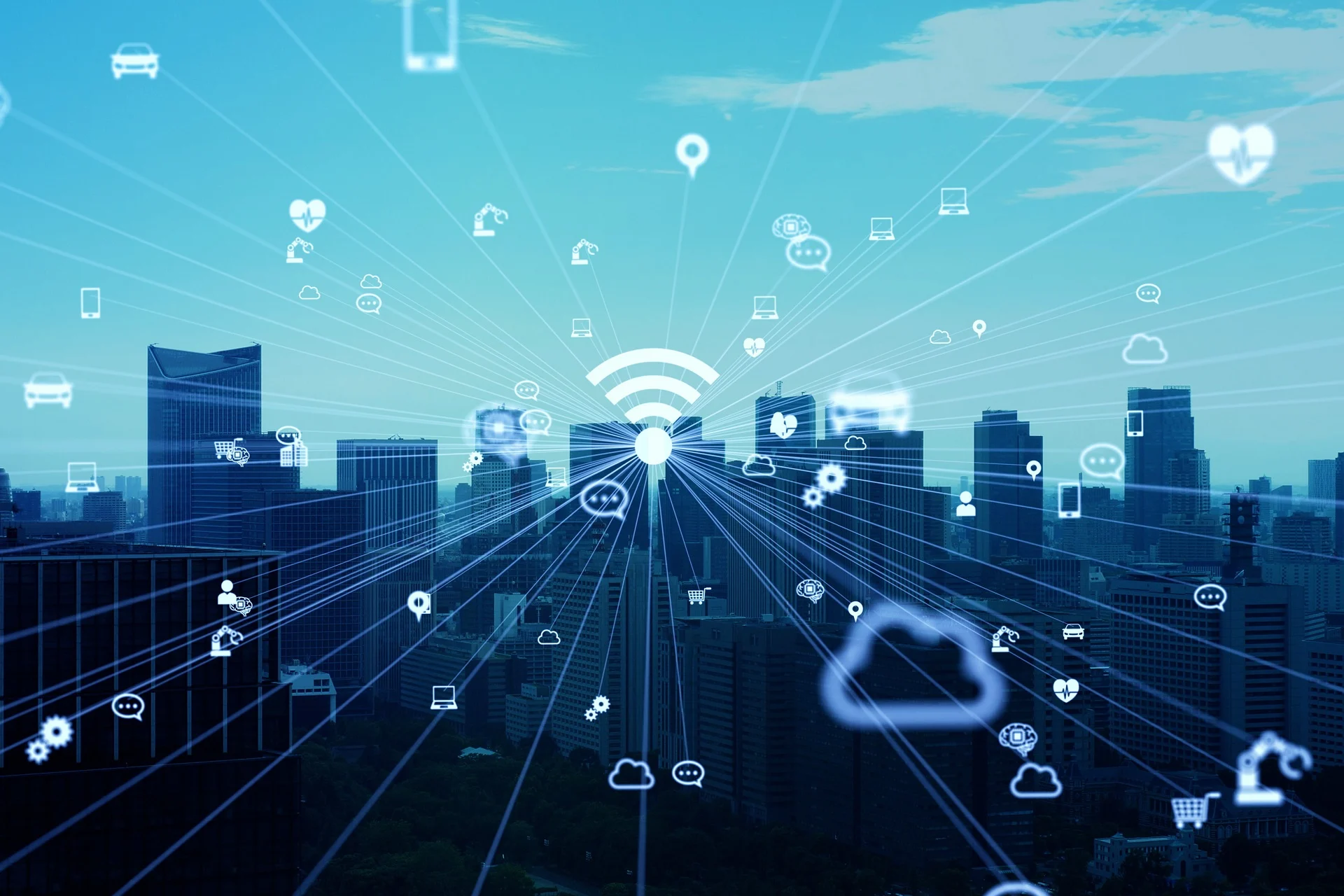Consider the following scenario. It’s the weekend, and you’re utilizing the public WiFi at your coffeehouse to close the gap on a few duties you didn’t have time to do throughout the week. Does this ring a bell? It is a familiar story for most of us; however, did you realize that while balancing your checking account and sipping a coffee, you can be oblivious of some hazards looming in the shadows of a Public IP address?
What is free Wi-Fi, and how does it work?
Open Wi-Fi is available in many locations, like airports, cafés, malls, eateries, and motels, and it makes it easy to find the Free internet. Individuals identify such “hotspots” before thinking as they are prevalent and familiar. While it may appear innocent to go forward and visit your social network accounts or view a few news stories, everyday activities that need a login, such as checking e-mail or monitoring your savings account, can be perilous over free Wi-Fi.
Unfortunately, what may be observed through WiFi isn’t restricted to search history.

Your Wi-Fi vendor has access to a lot more information.
Consider the following scenario:
- When did you first access the web?
- Time invested on the internet
- The amount of time invested on a specific website
- URLs that you viewed on a particular website
- Data from HTTP websites that isn’t encrypted
- Ip’s of the source and destination
How to Protect Yourself When Using Open Wi-Fi
Don’t:
- Enable the Wi-Fi to join networks automatically.
- Sign in to another profile that has sensitive data via an application. Alternatively, go over to the site and ensure it’s using HTTPS when logging in.
- When you’re not utilizing Wi-Fi or Bt, keep them on.
- Visit websites that have sensitive data about you, like banking or medical profiles..
- Link to a connection that does not require a password.
Do’s:
- Block file sharing if possible.
- Only go to websites that use HTTPS
- When you’re finished with your work, sign out.
- Ensure your open Wi-Fi network is secure by utilizing a VPN.
A VPN changes your IP address to make it appear as if you’re connecting to the internet from a different location: the VPN server’s physical location rather than your own. This is only one of the numerous reasons why VPNs are so popular.
Not only will a VPN configuration change your public IP address, but it will also enhance your whole online experience. Using a VeePN service can help you get faster by bypassing throttling and avoiding network congestion.
What seems to be the potential dangers?
The issue with free Wi-Fi has been that it comes with many security dangers. While companies may feel they are providing a critical function to their consumers, the protection of such systems is likely to be inadequate and non-existent. attacks
1. Man-in-the-middle attack
Any Man-in-the-Middle assault is among the most prevalent risks in these systems. A Cyberattack is a kind of espionage. Data is transferred from site A (machine) to the second point (assistance) when a device links to the Web, and flaws can let an intruder slip within these transfers and “see” it. As a result, what you thought was personal is no longer private.
2. Networks that aren’t encrypted
The exchange of information from your laptop and the cellular connection is encrypted, which implies it is transmitted in the shape of a “coded message” that can’t be seen by anybody who may not have the decryption key. Confidentiality is switched off by standard over most networks when they leave the manufacturer, and it must be switched on when the connection is established. So if an IT expert set up the system, there’s a strong possibility that encryption was enabled. Nevertheless, there is no means to know for 100% whether this has occurred.
3. The spread of malware
There are several ways for hackers to get malware on your system without you even realizing it due to software flaws. A computer vulnerability is a flaw or safety vulnerability in a computer os or software. Attackers can take advantage of this flaw by building software to identify a particular flaw and then infecting your device with malware.
4. Sniffing and snooping
What it looks like is Wi-Fi surveillance and sniffing. Malicious hackers can purchase customized software packages and equipment to help them in hacking Wi-Fi transmissions. This method can give hackers entry to anything you do on the web, from reading whole pages you’ve visited (along with any data you might well have entered while still on that site) to getting your login details or hijacking your profiles.
5. Hotspots of malice
Since the name looks credible, these “pirate points” deceive folks into connecting to just what they think is a real network. For instance, you’re vacationing at the Goodnight Inn and want to utilize the hotel’s wireless network. If you pick the “GoodNyte Inn,” one might assume you’ve clicked the correct one, but you’re not. Unfortunately, you’ve connected to a rogue wifi uploaded by attackers, who now can access your data.